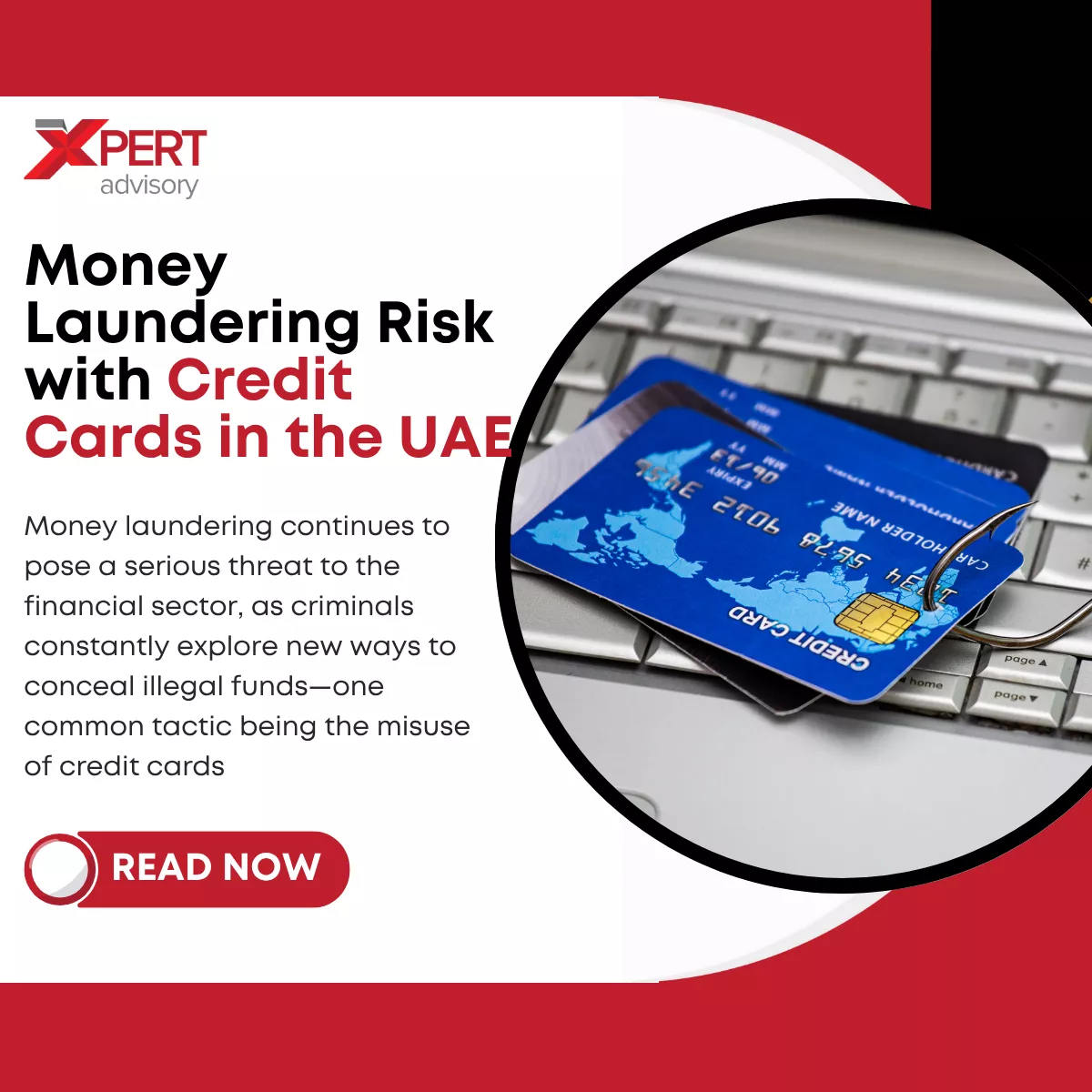Shell companies have been the centre of attention and conflict among various interest groups for many years. Many high-profile scandals include shell companies because they support some of the world’s most notorious money laundering operations. But what exactly are shell companies? Through which illegal channels do they allow money to transit? In this guide, we’ll explore how shell companies and money laundering operations work together and strategies for strengthening anti-money laundering measures.
What are Shell Companies?

The role of shell companies is to represent business entities that only exist through paperwork since they lack physical sites, employees, and operational activities. Lawful business entities set up a shell company for legitimate financial objectives, including acquisitions and mergers, asset protection, and investment management. Moreover, shell companies often used in criminal activities due to their ability to obscure ownership and financial transactions despite being lawful entities.
A shell corporation operation lacks operational activities and minimal economic resources. Lawmakers do not treat these entities as criminals because legitimate business operations often require them to manage assets. Although having a convenient structure for covering financial transactions, shell companies become vulnerable to money laundering schemes because of their capacity to hide dirty money flows.
Use of Shell Companies in Money Laundering Schemes
Criminals use shell companies to evade taxes and conceal illegal money while manufacturing counterfeit transactions to obscure money trails. Shell companies operate out of jurisdictions with strict privacy laws to provide absolute secrecy to investigators who attempt to return illicit funds to criminal sources.
Moreover, law enforcement agencies and financial institutions face hurdles to trace the money laundering activities because of their complex layering of concealment.
How Shell Companies Money Laundering Work? Real-life Example
The Danske Bank scandal represents major money laundering through shell companies, a real-life example. From 2007 to 2015, the Estonian branch of Danske Bank processed about $230 billion in suspicious financial transactions.
Most of the illicit transactions passed through a network of shell companies. The steps are as follows:
- Shell Companies Formation: Criminals used several mechanisms to create shell companies through jurisdictions with minimal regulatory control. These pseudo-business entities operated without office locations, staff, and honest operational activities.
- Bank Account Opening: Shell companies establish financial accounts at Danske Bank’s Estonian division. Bank employees approved these accounts despite insufficient verification processes, which failed to develop the companies’ activities or economic sources.
- Transaction Layering: Each shell company engaged in multiple complicated financial transfers to launder dirty money between their respective entities. Multiple financial transactions across numerous jurisdictions through different currencies obscured the money’s source from discovery.
- Integration: The laundered money finally entered the legal economy through investments in real estate properties, business acquisitions, and luxury items. At this stage of money laundering, the funds hide their origins completely.
Other Methods of Using Shell Companies to Launder Money
Below are several other methods that are used in the misuse of shell companies to launder money:
- Trade-Based Money Laundering (TBML)
Shell companies involve fraudulent trade invoice practices, which result in over-valuing or under-valuing transactions to achieve cross-border money transfers. Through this method, the transfer of illegal funds is a typical business transaction.
- Real Estate Transactions
Acquiring luxurious real estate properties by using a shell company’s name. Such transactions prevent the detection of actual fund sources and owner identity. The laundering process achieves money concealment through repeated transactions of properties at higher valuations.
- Offshore Accounts
Shell companies establish their operations in offshore places that provide strict bank secrecy and low regulatory standards. Offshore accounts offer elaborate hiding spots for large amounts of unlawful funds while remaining mostly invisible to financial system evaluation.
- Investment Vehicles

The laundered money flows into legal entities through shell company investment activities, including bonds, stocks and trust fund investments. The investments generate authentic financial returns while causing the illicit money to link with regular economic activity.
- Loans and Mortgages
Shell companies extend loans and mortgages as financial instruments within their related networks. The repayment transactions for these loans act as normal financial transactions but conceal the real goal of hiding illegal money transfers.
AML Red Flags: Risks of Shell Companies and Money Laundering
Regulatory compliance gets tougher when shell companies offer anonymity, making it easier for criminals to avoid detection. AML compliance teams need to know the warning signs which show whether money laundering occurs through shell companies. Those red flags include:
- The inability to determine information about who established the shell company or received transactions or transfer benefits.
- The identification of transactions that generate an inappropriate operational contradiction with the established business practices of the company.
- The payment system accepts money for unknown goals without describing usable goods or services.
- A pattern of transferring substantial funds occurs when shell companies make transactions with each other.
- The payments must be referenced to contractual documents or invoices to be identifiable.
- The product or service movements fail to match the operational characteristics of the companies responsible for initiating or receiving them.
- Transactions occur when businesses with different registrations share the same mailing address or business entities utilise their agents’ addresses instead of their own.
- One company makes significant wire transfers to very many different receivers.
- Many high-value transactions show regular use of recipients in dangerous territories and international tax havens.
AML Compliance Strategies to Mitigate the Risk of Shell Companies
The fight against threats posed by shell companies may require businesses and financial institutions to implement risk-based AML strategies by monitoring clients thoroughly while using red flag systems, technological solutions, and AI. Businesses can improve their AML programs and fight against shell companies through the following techniques:
- Combating Shell Company Abuse
Businesses and financial partners must implement risk-based anti-money laundering strategies to stop shell company abuses and money launderers. Companies should perform customer examinations and track suspicious signals through AI-powered compliance tools to achieve regulatory compliance. Knowledge of these risks helps businesses develop robust AML programs which maintain excellence in preventing modern financial crimes.
- Customer Due Diligence and Beneficial Ownership Verification
The foundation of a protected AML operation requires verifying who owns businesses. Businesses that perform comprehensive corporate structure examinations will achieve the following benefits:
- Identify ultimate beneficial owners
- Evaluate associated risks
- Detect shell company involvement
- Businesses should take steps to combat money laundering through their operations.
- Using AI and Technology

Modern AML compliance receives advancements through AI-based tools, which provide the following benefits:
- Address verification helps to identify mailbox delivery points and residential addresses.
- Monitoring transactions for unusual activity
- AI systems help businesses evolve their laundering strategy detection methods through machine learning analysis.
- The solutions help organisations detect risks faster and with greater precision, which supports regulatory compliance while fighting economic fraud.
- Global Hotspots for Money Laundering
Widespread money laundering occurs in locations with minimal regulatory oversight, harsh privacy standards, and small corporate taxation levels. Common tax havens include:
- British Virgin Islands
- Cayman Islands
- Panama
Identifying hotspots enables organisations to evaluate better the potential risks of money laundering that their clients and business partners bring.
- Prevention Measures for Financial Institutions
The prevention of shell company laundering depends heavily on the actions taken by financial institutions through the following measures:
- Implementing risk-based AML programs
- Collecting comprehensive client information
- Scrutinising beneficial ownership
- Organisations led by the FATF require their members to follow established regulations.
Organisations that execute proactive risk detection and enhance their compliance measures will create disruptions to criminal organisations and maintain financial purity.
Final Words
The relationship between shell companies and money laundering does not exist, but these ghost companies’ structures provide criminals with the tools they need to commit financial crimes. These entities play a role in money laundering operations by creating complicated transactions that elude detection from regulators.
Therefore, to counter financial abuse, proper AML regulations must be enforced. This is where Xpert Advisory comes in. Our AML compliance consultancy provides expert guidance and practical solutions to help businesses and financial institutions detect and prevent money laundering effectively. So, contact us now to strengthen AML compliance and protect against economic crime.
FAQs
What Risks Do Shell Companies Pose?
Shell companies enable criminals to hide fraudulent and tax-related offences, money laundering activities, and sanctions violations that endanger the world economy.
How are Offshore and Shell Businesses Used to launder money?
Offshore and shell companies enable money laundering through complex financial networks that obscure banked and real estate assets and ownership records, which lets criminals hide funds from legal detection.
What is the Real-Life Example of a Shell Company Operation?
The scandal at Danske Bank represents one of the most notable cases in which money launderers used shell companies to conduct their criminal activities. From 2007 to 2015, money launderers used Danske Bank’s Estonian branch to funnel $230 billion in criminal funds.






